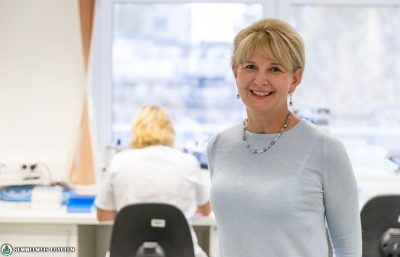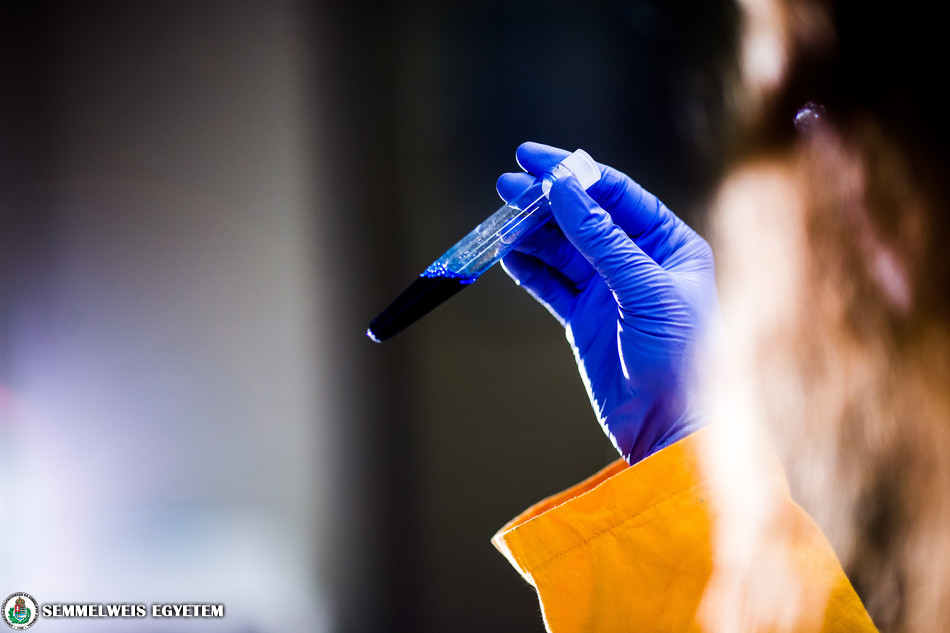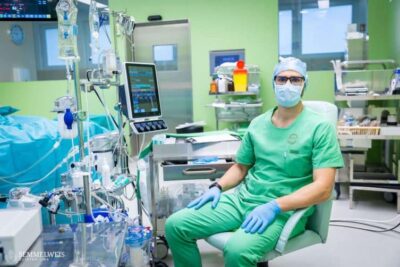In total, there are 24 reference networks at European level in the field of rare or low-prevalence diseases. They provide a high standard of care for patients and offer, among other things, a range of training opportunities and international consultations for more complex cases.
Semmelweis University is represented in around twenty EU-level networks, i.e. in as many specialist areas within rare diseases, and six university centers passed the audit recently, evaluating their first five years of activity (2017-22).
These are:
- Endo-ERN (European Reference Network on endocrine conditions)
- ERN EURO-NMD (European Reference Network on neuromuscular diseases)
- ERN PaedCan (European Reference Network on pediatric cancer)
- ERN-RND (European Reference Network on neurological diseases)
- ERN Skin (European Reference Network for on skin disorders)
- VASCERN (European Reference Network on Rare Multisystemic Vascular Diseases)
 University centers for rare endocrinology and rare neuromuscular patients were among the pre-selected sites visited in person by experts from the European Reference Network. “They examined a wide range of factors, from patient documentation, telemedicine conditions and multidisciplinary care to patient safety and patient rights,” said Dr. Mária Judit Molnár, Head of the European Reference Network (ERN) National Node and Director of the university’s Institute of Genomic Medicine and Rare Disorders.
University centers for rare endocrinology and rare neuromuscular patients were among the pre-selected sites visited in person by experts from the European Reference Network. “They examined a wide range of factors, from patient documentation, telemedicine conditions and multidisciplinary care to patient safety and patient rights,” said Dr. Mária Judit Molnár, Head of the European Reference Network (ERN) National Node and Director of the university’s Institute of Genomic Medicine and Rare Disorders.
She added that experts from the ERN also interviewed patients on whether they are satisfied with the quality of patient care, and the centers had to demonstrate how they educate patients. Overall, healthcare providers within ERNs were assessed based on 24 criteria, with the main areas being: patient-centered care; organization and management; research, education, and training; knowledge exchange, information technology and e-health; quality and safety; competence, experience and outcomes of care; human resources.
The ERN imposes strict conditions for membership, so if a care center can meet them, it is a guarantee for the patient
– said the director, explaining the benefits of the system for patients.
Future plans include the creation of an anonymous registry to help these rare patients to enroll more easily in clinical trials for new therapies in different countries. This will also make it easier for drug developers to find the right number of participants, as these pathologies typically involve a small number of patients.
In the past year, four new ERN centers have been established at the university, three of them in the Department of Pediatrics and one in the Department of Pulmonology. These are dedicated to rare diseases, including kidney- and hepatology-related pathologies, immunodeficiency, autoinflammatory and autoimmune diseases, and respiratory diseases.
And this spring, the EU-wide JARDIN program will be launched to promote the integration of ERNs into national health systems, thereby increasing their sustainability.
Pálma Dobozi
Translation: Viktória Kiss
Photo: Attila Kovács – Semmelweis University



